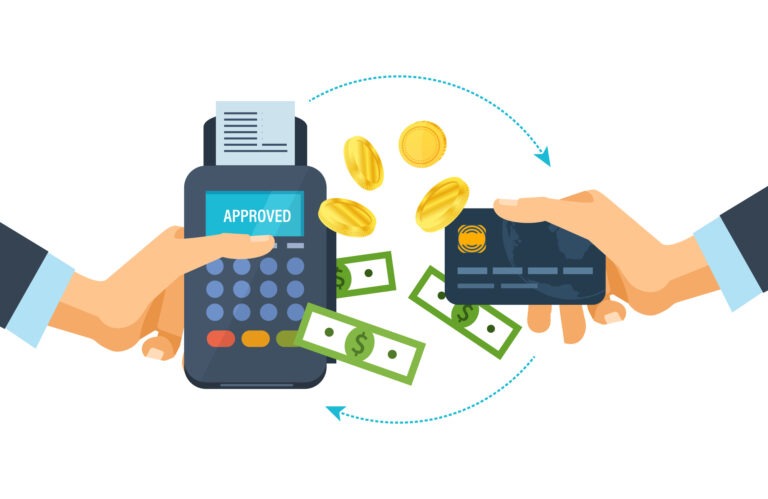Table of Contents
ToggleThe realm of online transactions is vast and complex. For some businesses, especially those labeled as “high-risk,” navigating this landscape becomes even more challenging. Essential to their journey is understanding payment processing solutions for high risk merchants. These specialized services ensure that high-risk businesses can handle transactions smoothly and securely. Here, delve into this topic, shedding light on the unique challenges these merchants face and the solutions at their disposal.
1. What Makes a Merchant “High-Risk”?
The term “high-risk” in the realm of e-commerce might sound alarming, but it’s a classification based on several factors. Businesses that operate within industries known for high chargeback rates or frequent returns often find themselves in this category. These industries can include travel, online gaming, adult entertainment, and more. Additionally, high-risk businesses may be located in regions with high levels of fraudulent activities, deal with high average transaction values, or be newly established entities with no prior credit card processing history.
2. The Unique Challenges They Face
Being labeled as a high-risk merchant isn’t merely a title; it comes with its set of distinct challenges. Traditional payment processors often hesitate to collaborate with high-risk businesses due to the perceived risks involved. Consequently, high-risk merchants may encounter higher processing fees, stricter contract terms, and even the potential for abrupt account cancellations. Successfully navigating these hurdles necessitates a specialized approach.
GetPayment experts say, “Their team understands the difficulties that businesses face as they scale.”
3. Why Specialized Payment Processors are Essential
This is where payment processing solutions tailored for high-risk merchants become indispensable. These specialized solutions are designed to comprehend the unique needs and challenges high-risk businesses face. They offer a range of services, including enhanced security measures, advanced fraud prevention tools, and effective chargeback management strategies. Partnering with such a processor means more than just securing transactions; it means gaining a supportive partner who possesses a deep understanding of the high-risk landscape.
4. Features to Look for in a High-Risk Payment Processor
High-risk payment processors vary in terms of their offerings. When searching for the right fit, high-risk merchants should prioritize processors that offer transparent pricing structures with no hidden fees. For businesses with a global audience, multi-currency processing capabilities are essential. Robust fraud protection features are crucial since high-risk sectors are often prime targets for cybercriminals. Lastly, responsive customer support can be a game-changer during times of need, ensuring that issues are swiftly addressed.
5. How to Reduce the “High-Risk” Label
While certain factors contributing to a high-risk label, such as the nature of the industry, may be beyond a merchant’s control, some steps can be taken to mitigate this status. Implementing robust security measures, maintaining a positive transaction history, and keeping chargebacks to a minimum can reduce the high-risk label. Additionally, building a long-term relationship with the payment processor can demonstrate reliability and commitment to secure transactions.
Operating as a high-risk merchant comes with its unique set of challenges. However, these challenges can be effectively managed with the right guidance and a customized approach.
By understanding and leveraging specialized payment processing solutions tailored to high-risk merchants, businesses can safeguard their transactions and set the stage for growth and success in the complex world of e-commerce. It’s all about building trust, ensuring security, and remaining one step ahead in the ever-evolving digital marketplace.




